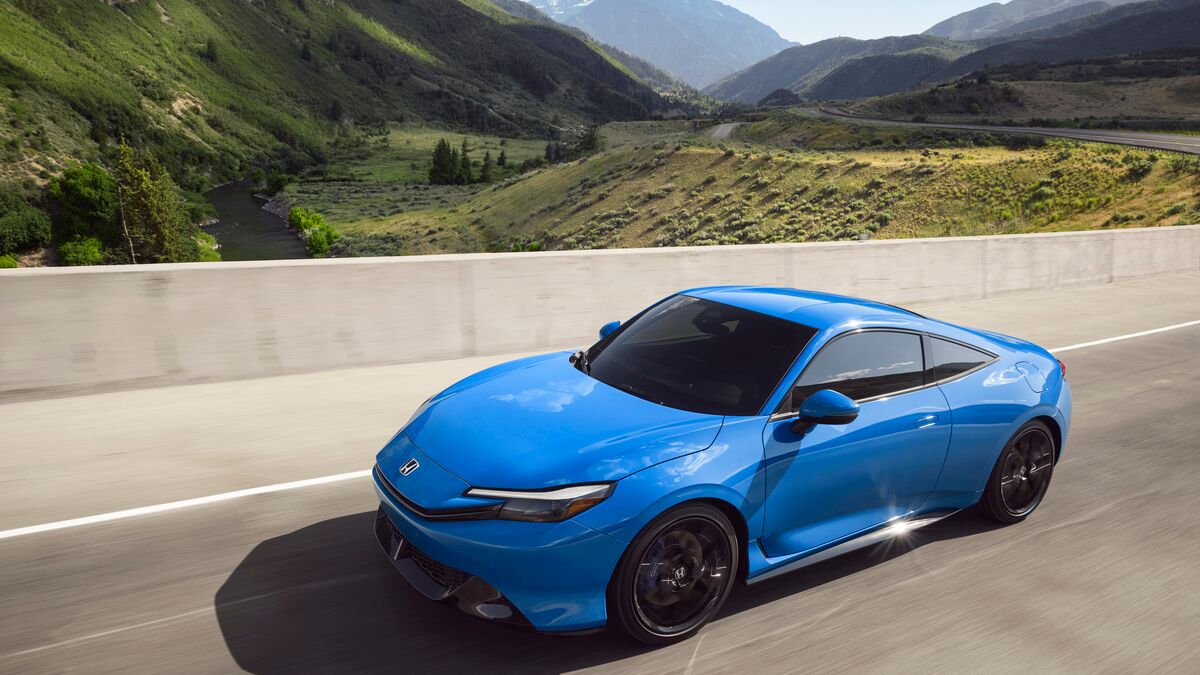The Lexus ES has long been a popular sedan for the Japanese luxury automaker, a model that debuted along with Toyota‘s premium division itself in 1989 and that now only trails the RX in annual sales. But the current, fifth-generation ES 350 has felt a bit long in the tooth the past couple years as sleeker, better-equipped rivals like the Audi A6, BMW 5 Series and Acura TL gave it a run for its money.
Thankfully, a new ES is right around the corner, and it signals a welcome step forward for this midsize sedan. The 2013 model year will mark the sixth generation for the ES, and while the standard car’s V6 engine carries over from the previous version, the rest of the vehicle has evolved outside and in.
New sheet metal with flared fenders and a high beltline give the ES a slightly aggressive look, while the front end is the latest to receive Lexus‘ angular, hour-glass grille and LED running lights. The hindquarters of the 2013 ES also look much better than the outgoing model, helped by a snubbed end that cloaks an even larger trunk than its predecessor. As a whole, the ES has grown slightly in both wheelbase and length, which translates to more room inside for passengers and cargo.
The biggest news about the 2013 Lexus ES, though, is that it will be available in hybrid form, a first for this model range. After test-driving pre-production versions of both models, we came away with many positive impressions and only a few nits.
Enjoying the Ride
The naturally aspirated ES will continue to use the 268-horsepower V6 found in the current model, but that’s not a bad thing. Mated to a smooth, 6-speed automatic transmission, the engine still boasts plenty of power for quick acceleration up freeway on-ramps and the juice needed for passing once at speed. A zip to 60 mph is pegged at 7.1 seconds, nearly identical to the current model.
Lexus wants the 2013 ES 350 to be seen as both comfortable and sporty, but like the outgoing model it heavily favors the comfort side of the equation, even when Sport mode is selected from a new rotary dial. Yes, the front-wheel-drive sedan stayed firmly planted on curvy, mountainous Oregon roads, but this is no BMW sport sedan or even a Cadillac CTS. If you want comfort, however — and we reckon the ES’ target demographic of mid-lifers do — the ES nails it.
The newest ES 350 is another example of why Lexus is known for making cars tailored to drivers seeking serenity. A soft suspension, specially insulated windows and plush quarters make the Lexus ES a car in which you can cruise long distances without fatigue.
And the comfort factor extends beyond the driver’s point of view. It’s there in the front passenger seat — available with its own memory setting — and even more so in the rear, which now has deeply sculpted seats and a four more inches of legroom . Other new additions/options that we appreciate in the coming ES:
* Heated steering wheel
* Power closing trunk
* Blind Spot Monitor with Rear Cross Traffic Alert
* 835-watt, 15-speaker Mark Levinson audio system
* Rear-seat side-window shades
Electrified ES
Like the outgoing Lexus HS hybrid that it is essentially replacing, the Lexus ES 300h pairs a gasoline engine and battery-powered electric motor to yield high mileage. Here, the ES 300h’s 2.5-liter 4-cylinder engine and electric motor are expected to attain 40 city/39 highway mpg, numbers we found realistic. In fact, in careful driving we averaged over 41 mpg. That’s good news. Even better is that we didn’t feel like we were sacrificing much to get those numbers. While the hybrid doesn’t have the get-up and go of the V6-powered ES, with 200 total horsepower it’s still capable enough, especially with Sport mode activated.
Best of all, the hybrid powertrain system in the ES is much better than the one in the outgoing HS, which could feel downright unrefined as it switched between its gasoline engine and electric motor. In the 2013 ES 300h, those transitions went mostly unnoticed. The only time we really sensed them was in Eco mode, which is meant to save the most fuel but makes you pay the price with a nervous powertrain and muted power output.
Soft Conclusion
In the years ahead the ES will no doubt face stiffer competition, but this evolution should help the model continue to attract buyers seeking a comfortable, luxurious cruiser. And for drivers desiring those qualities in addition to high-mileage, the ES 300h hybrid may just be the one to beat.
Both the ES 350 and ES 300h hybrid are scheduled to go on sale in early August. Lexus will announce pricing closer to the car’s arrival, but expect the 2013 Lexus ES lineup to start in the mid- to high-$30,000 range.







